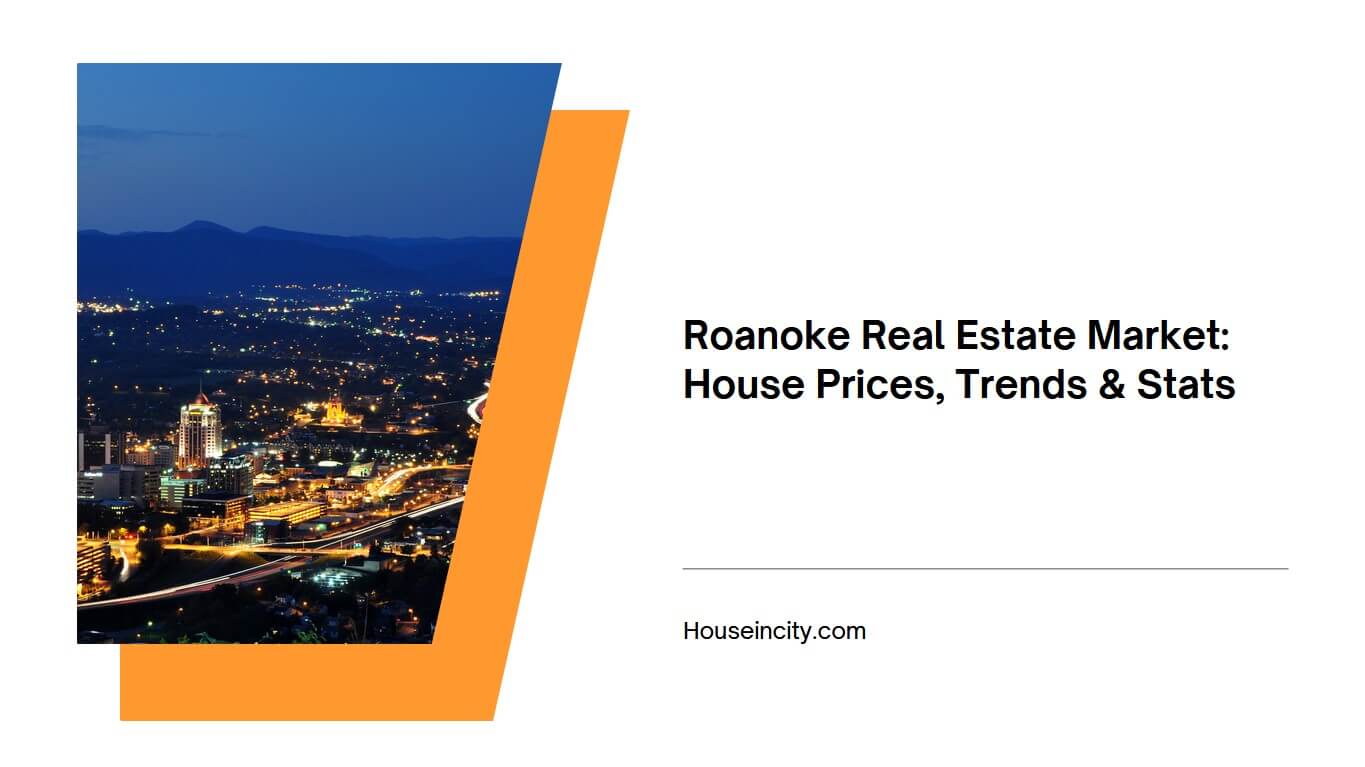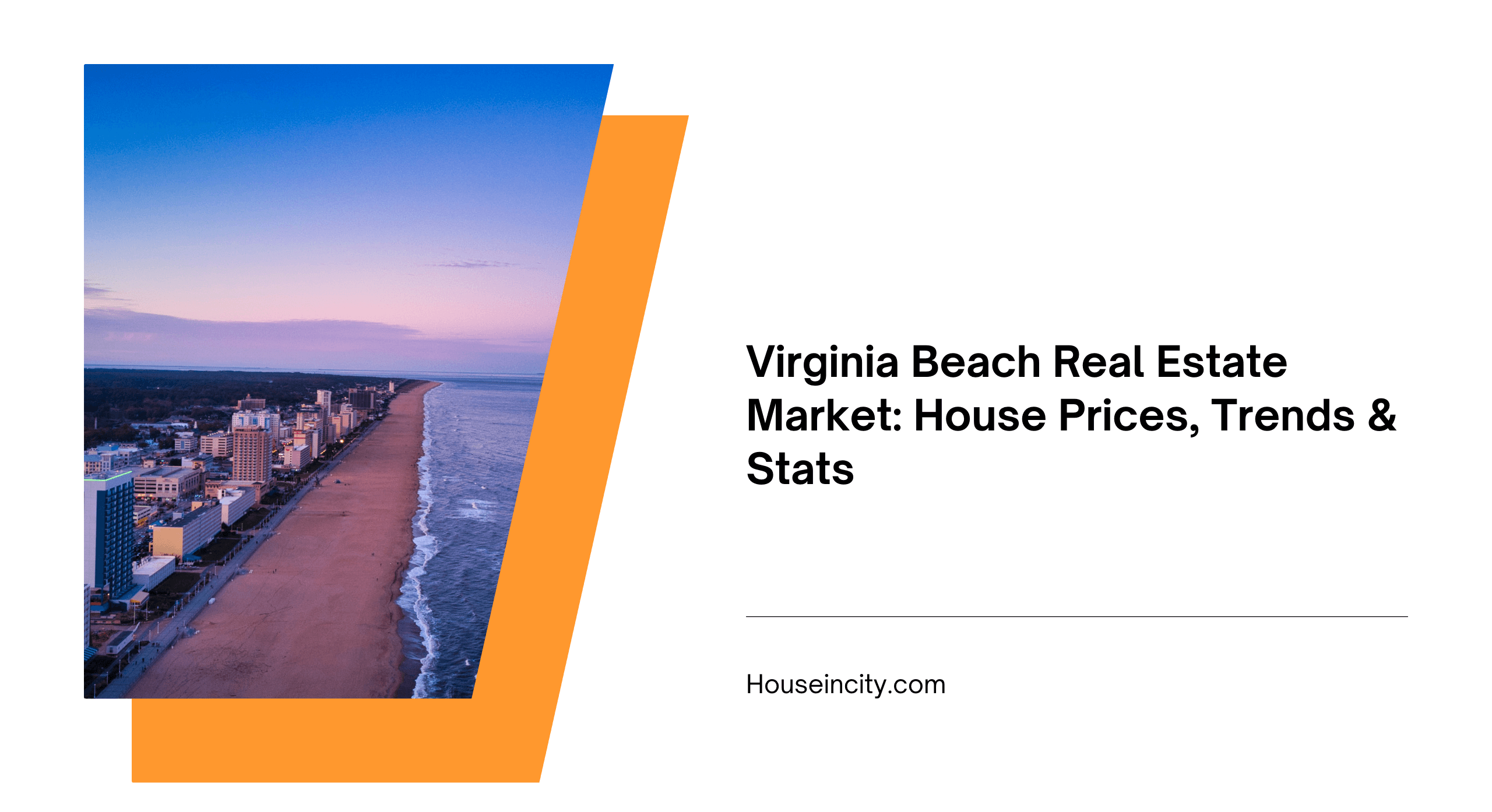If you’re looking for a great real estate market, you should look no further than St. Louis real estate market. The Midwestern city’s real estate market is characterized by the lack of housing and inventory, resulting in a steady increase in monthly median price. Despite sounding negative, Wallethub.com dubbed St. Louis as one of the best cities to invest in rental property.
Located on the banks of the Mississippi River, St. Louis is famous for its vibrant culture and city life. Besides the famous beer, barbecue, and Blues music, you should visit this Midwestern city to scout for properties to invest in. So, what makes this Midwestern city a special place to invest in real estate?
A Glimpse of St. Louis City
As previously hinted, St. Louis nestled near the banks where the Mighty Mississippi and the Missouri Rivers met. With a bi-state metropolitan population of 2.8 million, St. Louis is the second biggest metropolitan area in the state of Missouri, the second largest in the state of Illinois, and the 20th largest in the United States.
Geographically, St. Louis City has a total area of 65.99 square miles or 170.92 km2. Despite the relatively small size, the St. Louis economy is supported by the growing business in the tech and creative industry. The ever-growing economy translates into highly-skilled and prosperous workers. In addition, there is more than this Midwestern city could offer to real estate investors.
St. Louis Population Growth
As of July 2021, the United States Census Bureau estimated that St. Louis City had a population of around 293,310 with more than 2.8 million residing in the metropolitan area. With such a big metropolitan population, St. Louis is the seventh-largest metropolitan area in the Great lake Region and the 20th largest in the whole country.
In July 2021, the United States Census Bureau estimated that the city has a declining population of 2.7% year-over-year. Despite the decreasing population trend, the city had experienced an overall 1.2% population growth for the last 10 years, as reported by STL Today in August 2021. According to a 2019 research by Charles S. Gascon, the relatively slow population growth in the city is due to several economic reasons, such as regional characteristics and outward migration.
St. Louis Economy
As previously mentioned, St. Louis City’s economy is backed by various companies from different industries. As of 2018, a now-archived Bizjournals.com article revealed that the city is home to ten Fortune 500 companies, including Express Scripts, Monsanto, Emerson Electric, Centene, Edward Jones Investments, and Reinsurance Group of America. In addition, St. Louis is also home to several other notable companies like Arch Goal, Bunge Limited, Patriot Coal, etc.
With the strong economic support from various industries, the United States Bureau of Economic Analysis estimated that the total GDP of St. Louis in 2020 reached 171,4 million. Despite the slight decrease in DGP from 2019, the city has experienced exponential growth in GDP over the last 20 years.
As reported by KSDK.com in June 2022, the decreasing GDP trend is predicted to persist due to the continuous price increase and softening demand. The report further explained that, despite the strong influence of regional businesses, the general economic outlook of St. Louis has weakened due to inflation and uncertainty.
St. Louis Job Market
According to a June 2022 report by KSDK.com, the St. Louis region is predicted to have a net increase of around 30,000 jobs from the beginning of 2021 to 2023. In addition, the United States Bureau of Labor Statistics May 2022 report indicated that St. Louis has around a 3.2% unemployment rate, a massive decrease since the beginning of 2022.
In addition, the number of employed individuals has also increased since the beginning of the year, from 1,404,500 in January 2022 to 1,413.400 in May 2022. According to a report by St. Louis Business Journal dated June 2022, the biggest industries growth projected from 2021 to 2023 is restaurants and bars, accommodations, educational services, and Administrative Services.
St. Louis Education
The city of St. Louis is home to three national research universities, namely the University of Missouri-St. Louis, the Washington University in St. Louis, and Saint Louis University. In addition, the Washington University School of Medicine located in the city has been ranked as one of the top 10 medical schools in the country by the US News & World Report in 2019.
Cost of Living in St. Louis
Numbeo.com estimated that the monthly cost of living for a family of four in St. Louis is around $3,398 without rent. This makes a single person’s estimated monthly living cost in the city around $954. Furthermore, Payscale.com indicated that the cost of living in St. Louis is around 6% lower than the national average. In addition, the website also indicates that the city has experienced a 27% decrease in housing prices.
Overview of St. Louis Housing Market
If you’re eager to start investing in real estate, St. Louis provides a perfect opportunity. As reported by KSDK.com in June 2022, now is the right time to buy a home in the city. This condition is fueled by several indicators, including the unusual house selling rate, the lack of pre-approval loans, etc.
Furthermore, there are many aspects you may like about the housing market in St. Louis, including the low median value and the high rate of renter-occupied housing units. Below are some handy statistics about the St. Louis housing market.
St. Louis Real Estate
As of June 2022, a report by Zillow indicated that the Home Value Index in the city of St. Louis was $176,298, with an 11.2% year-by-year change. In addition, a report by Redfin.com from the same date indicated that the median sale price for all home types in St. Louis is around $230,000, a 9.5% increase from 2021. In addition, a Realtor.com report of the same date indicates that the median listing home in the region is around $154 per square foot.
Furthermore, according to a June 2022 report by St. Louis Realtors, the average number of days on the market until sale for single-family residential is around 18 days. Redfin.com indicates that the average homes are sold for about 4% above the list price, while hot homes can be sold for up to 11% above the listed price. Based on those data, we can conclude that the real estate market in the city is highly competitive.
St. Louis City Real Estate Market for Rental Properties
As reported by the United States Census Bureau in 2020, around 55.9% of housing units in the city of St. Louis are renter-occupied. WalletHub reports indicate that St. Louis is one of the best cities for renters. With the increasing median rent and above-average median rent, St. Louis provides a unique advantage for rental property investors to make a fortune.
The fact that St. Louis has a strong renters market is supported by several statistics. For instance, a July 27, 2022 report by Zumper estimated that the median rent for a three-bedroom family house is around $1,652, an exponential increase from June 2020 by $266. In addition, the rental property listing website also indicated that the median rent price for family houses has increased by 21% ($300) Year-Over-Year.
As good as it may sound, the rent in St. Louis varied between neighborhoods. As reported by Zumper in June 2022, the most affordable neighborhoods in the city are Holly Hills, with an average rent of $735/ month; Mark Twain-I-70 Industrial, with an average rent of $790/ month; and Walnut Park East, with the average rent of $865/ month.
On the other hand, the most expensive neighborhood in St. Louis City is the Wydown Skinker with an average rent of $2,823/ month, Downtown St. Louis with an average rent of $2,494/ month, and Tower Grove East with an average rent of $2,123/ month.
St. Louis Real Estate Market History
Historic pricing and the housing affordability index (HAI) are two of the most important aspects to consider before investing in real estate. Simply put, historic pricing can accurately calculate the total number of units a certain amount of money can buy. On the other hand, the housing affordability index measures the typical family income required for a mortgage loan based on recent price data.
As reported by Fox2Now in December 2021, home prices in St. Louis rose faster than rent prices. As a result, most people in St. Louis metropolitan area prefers renting over owning a house.
This renting-favored trend is supported by the median sales price of all home types in the St. Louis area which has increased exponentially over the last five years, with $161.000 in 2017 and $230.000 in 2022 according to Redfin.com. On the other hand, as reported by Real Estate Witch, rent prices in St. Louis has only increased by 151.86% since 2000, from $376 to $947.
Meanwhile, the May 2022 report from the National Association of Realtors indicates a decreasing trend in the fixed Housing Affordability Index for the last year, from 148.2 in May 2021 to 102.5 in May 2022. This data indicates the significant rising price of houses in the St. Louis area.
St. Louis Real Estate Market Forecast
As reported by Zillow in June 2022, the average home value in St. Louis County had increased by 62% since December 2011 to $238,058. Furthermore, this indicates that 50% of all housing stock in the region is worth more than $238,058 while the rest is lower than that. The report also indicates that the housing supply is exceeding the demand, making St. Louis a sellers’ market.
In terms of forecast, Zillow reports that the St. Louis Metro home values have appreciated by 14.2% and are predicted to rise by 12.6% in the following year. Furthermore, home values in St. Louis County has appreciated by 13.5% year by year and is predicted to continuously rise over the next 12 months. In addition, home values in St. Louis City have increased by 12.5% and are predicted to rise over the next 12 months.
St. Louis Real Estate Market FAQs
- Is St. Louis a buyers’ or sellers’ market?
St. Louis is a seller’s market. This means that the number of qualified buyers in the region’s marketplace is higher than the number of units for sale. As reported by KSDK.com in January 2022, St. Louis remains a strong seller’s market even after the 6% decrease in home sales since December 2020. In addition, the trend is predicted to persist.
- Is St. Louis a good market to invest in?
As reported by Zillow, the home values in St. Louis have increased by around 60% over the last five years. In addition, the real estate database website also reported that the home values in St. Louis has increased by 12.1% since last year. As the appreciating trend remains solid, St. Louis, Missouri is a good market to invest in.
- Is St. Louis a cheap place to live?
Overall, the cost of living in St. Louis is 6% lower than the national average. For comparison, the average home value in St. Louis is $238,058 while the average national home value is $374,900. Besides housing, the price for groceries, health, utilities, and transportation are also below the national average. So, it can be concluded that St. Louis is a cheap place to live.
- Is there a housing shortage in St. Louis
According to the National Low Income Housing Coalition, there are shortages of houses across the state of Missouri, including the city of St. Louis. According to the reports, there are -118,335 shortages of rental homes affordable for extremely low-income renters.
Final Words
St. Louis, Missouri is one of the best places to invest in real estate, particularly rental properties, due to several reasons. First, most St. Louis residents prefer renting over owning a house. Second, the average home values are predicted to increase for the next 12 months. The last reason is the high rental income, in which the median rent for a three-bedroom house is around $1.397 per month.
It is important to note that the home values in the region will rise quickly over the years. So, if you wish to invest in St. Louis real estate, it is best to buy now before the value goes quickly out of hand.


